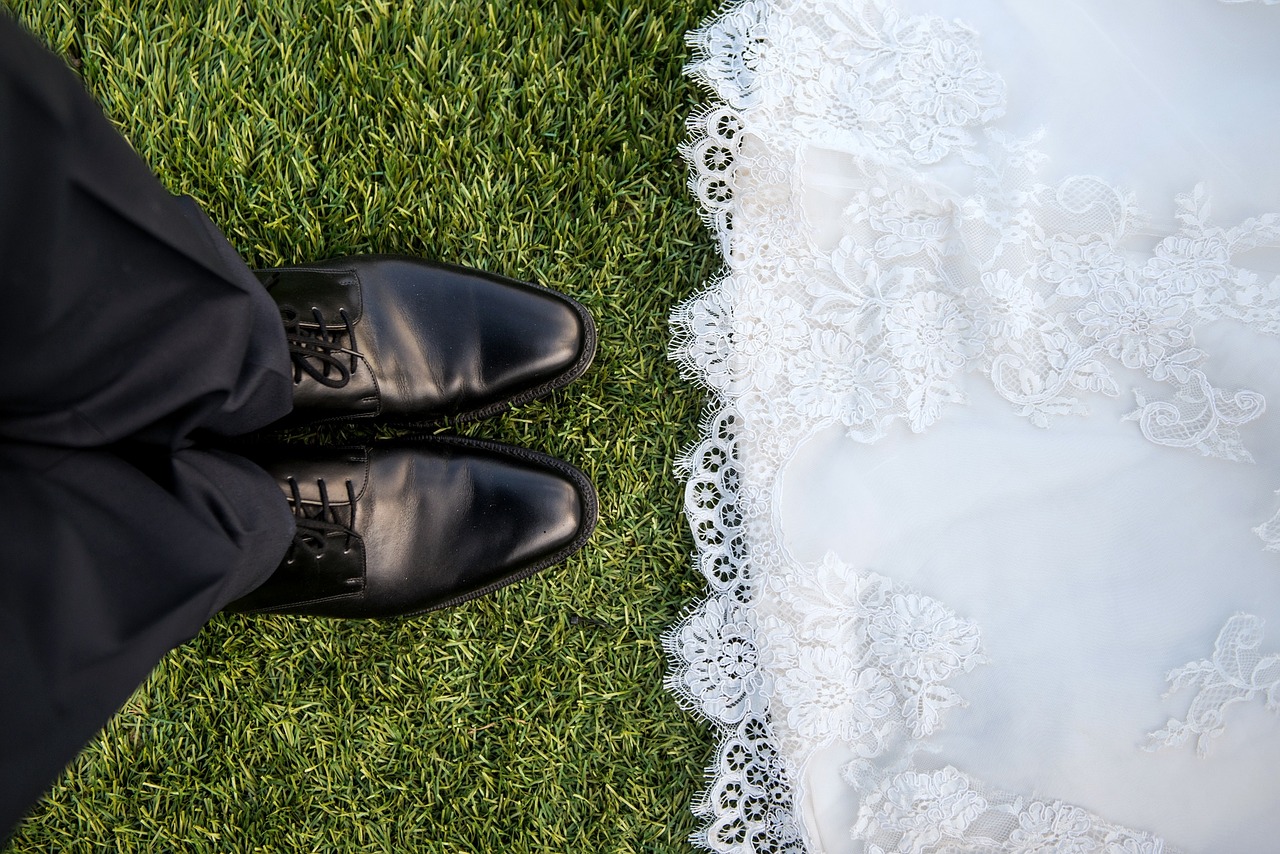Answered by Legionary of Christ Father Edward McNamara, professor of liturgy and sacramental theology and director of the Sacerdos Institute at the Regina Apostolorum university.
Q: According to the “Order of Sacred Liturgy” given to us it states when we can celebrate a funeral Mass only on specific Sundays. However, for marriages, no specific instruction is given. In ordinary time is a marriage Mass permitted on a Sunday? If so, should it be a Sunday liturgy Mass or a nuptial Mass? Please give me guidance regarding the vestment color and the nuptial blessing and whether the couples could be blessed in a Sunday Mass. — J.A., Villupuram, Tamil Nadu, India
A: This is one area where dioceses and in some cases bishops’ conferences can make specific rules adapted to local pastoral concerns. Therefore, what I say here refers to universal norms, but things may vary from place to place.
First of all, a distinction is in order. One regards days when weddings may be celebrated and second when the ritual nuptial Mass may be used. These do not coincide.
The general rules are found in the Ritual of Marriage. The following is an excerpt from a version approved for the United States in 2014:
“28. Since Marriage is ordered toward the increase and sanctification of the People of God, its celebration displays a communitarian character that encourages the participation also of the parish community, at least through some of its members. With due regard for local customs and as occasion suggests, several Marriages may be celebrated at the same time or the celebration of the Sacrament may take place during the Sunday assembly.
“32. If a Marriage is celebrated on a day having a penitential character, especially during Lent, the pastor is to counsel the spouses to take into account the special nature of that day. The celebration of Marriage on Friday of the Passion of the Lord and Holy Saturday is to be avoided altogether.
“The Rite to Be Used
“33. In the celebration of Marriage within Mass, the rite described in Chapter I is used. In the celebration of Marriage without Mass, the rite should take place after a Liturgy of the Word according to the norm of Chapter II.
“34. Whenever Marriage is celebrated within Mass, the Ritual Mass ‘The Celebration of Marriage’ is used with sacred vestments of the color white or of a festive color. On those days listed in nos. 1–4 of the Table of Liturgical Days, however, the Mass of the day is used with its own readings, with the inclusion of the Nuptial Blessing and, if appropriate, the proper formula for the final blessing.
“If, however, during Christmas and Ordinary Time, the parish community participates in a Sunday Mass during which Marriage is celebrated, the Mass of the Sunday is used. Nevertheless, since a Liturgy of the Word adapted for the celebration of Marriage has a great impact in the handing on of catechesis about the Sacrament itself and about the duties of the spouses, when the Mass ‘For the Celebration of Marriage’ is not said, one of the readings may be taken from the texts provided for the celebration of Marriage (nos. 144–187).”
The above-mentioned table of liturgical days 1-4 are the following:
“1. Easter Triduum of the Lord’s passion and resurrection.
“2. Christmas, Epiphany, Ascension, and Pentecost. Sundays of Advent, Lent, and the Easter season. Ash Wednesday. Weekdays of Holy Week from Monday to Thursday inclusive. Days within the octave of Easter.
“3. Solemnities of the Lord, the Blessed Virgin Mary, and saints listed in the General Calendar. All Souls.
“4. Proper Solemnities, namely:
“a. Solemnity of the principal patron of the place, that is, the city or state.
“b. Solemnity of the dedication of a particular church and the anniversary.
“c. Solemnity of the title, or of the founder, or of the principal patron of a religious order or congregation.
As we can see above, in the Latin-rite weddings may be celebrated on almost any day of the year.
They are practically forbidden on Good Friday and Holy Saturday, although in danger of death or for another very grave reason, a wedding outside of Mass could be validly held.
Weddings are discouraged during penitential seasons but not forbidden. Some dioceses do have particular norms that strengthen the official discouragement almost to the level of a prohibition.
On the days mentioned in the table of liturgical days 1-4, the Mass of the day must be celebrated with the corresponding liturgical color. Thus, for example, although theoretically a wedding could be celebrated on All Souls’ Day or on a Sunday of Lent or Advent, few couples would want to marry before a priest wearing penitential purple or reciting prayers for the deceased.
* * *
Readers may send questions to zenit.liturgy@gmail.com. Please put the word «Liturgy» in the subject field. The text should include your initials, your city, and your state, province or country. Father McNamara can only answer a small selection of the great number of questions that arrive.



